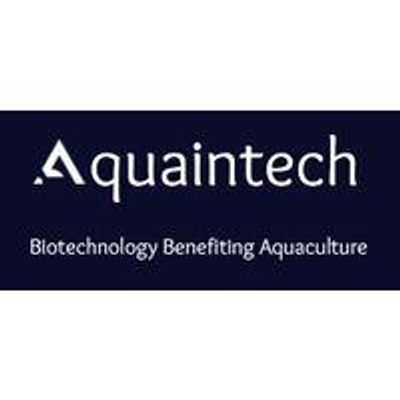

- Home
- Companies
- Aquaintech Inc. (AITI)
- Articles
- Why are antibiotic residues in farmed ...

Why are antibiotic residues in farmed shrimp a big deal?
Introduction
The accidental discovery of antibiotics, penicillin, by Alexander Fleming in the late 1920s (1) reshaped human and animal medicine. Initially the focus was on limiting the impact of infectious disease processes in humans. As their usage increased, it was observed that they also could play an important role in the production of animals and they eventually were deemed essential to provide a burgeoning human population with high quality, safe, cheap animal protein. Observations of the positive benefits of these anti-microbial substances led to their usage at ever increasing levels for a variety of benefits, not just for the prevention and/or treatment of disease, but for overall animal robustness and growth. The feeding of antibiotics from birth to slaughter became a standard operating practice for many different animals.
The last 50 years has seen global aquaculture production grow rapidly with most reliable estimates putting humanities total output in 2019 at close to or exceeding the levels that are “hunted (fished)”, in the 100 million MT per year range (2). Most of this is the culture of bivalves with farmed shrimp approaching the 4 million MT level, salmonids in the 2 million MT range and catfish in a similar range. This transition from a fishery to a farmed product has brought with it many of the challenges that face terrestrial agriculture as well as some that are uniquely aquatic. A great deal of research has shed substantial light on what Dr. Fleming "stumbled" upon. Many antibiotics are in use today with the most powerful being synthetic, frequently derived from natural sources. Commercialization is a very expensive proposition requiring working with multiple government agencies and a large amount of testing. Once a broad ranging arsenal of AMS was established, the incentives to develop others waned. Today only a small fraction of what has been spent historically to develop antibiotics has been allocated towards the development of new AMS (3). As their use and availability have increased it became evident that the pathogens that we were trying to keep from killing humans and animals were developing resistance, limiting the usefulness of these very important tools (3).
